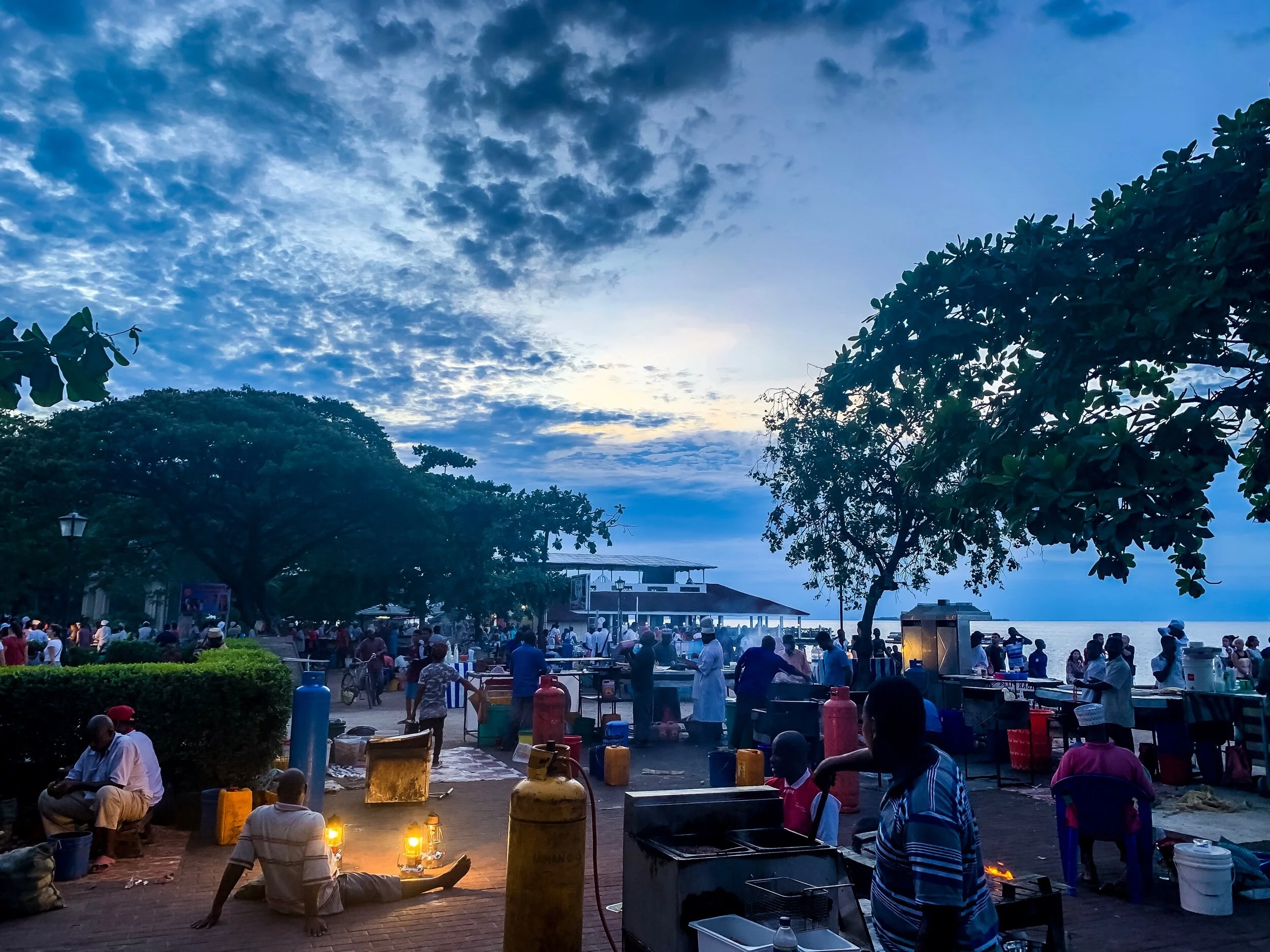Tanzania from A to Z
I arrived in Arusha on October 8, 2019, and after leaving Zanzibar today, I’ll be boarding a South Africa bound plane tomorrow. It has certainly been a journey.
Tanzania is a country of great beauty. Even from the belly of Arusha, one only had to look up to the north to see Mt. Meru towering in the distance. Some parts of Arusha go through lush jungle. The Ngorongoro Conservation Area, the Serengeti, Lake Manyara National Park; they’re all beautiful. And of course Zanzibar’s stunning beaches is renowned around the world.
Tanzania is also very poor. Arusha, the second largest city in the country, really only has one main industry: tourism, and the sub-industries that support it. The infrastructure in the city is appalling—probably a twentieth of the city’s roads are paved, electricity is consistently weak in strength and blackouts are common, and most residential units do not have running water. Tourism props up the Stone Town district of Zanzibar city, but the village I stayed in on the east side of the island epitomized the third world.
Despite the poverty, Tanzanians are happy and friendly. They go about their day with spirit and gusto. They’re quick to flash a smile and say hello. Locals enjoy being social, eating together, and watching football. Tanzania is a shining example that circumstances need not control your mindset or your happiness.
Unlike most of the other countries I’ve been to, I didn’t come to Tanzania as a tourist. I came to do something. To get something done. It’s apparent that a lack of education is Tanzania’s number one problem, and that it needs to be the country’s number one priority. That has been the most illuminating fact about my journey here. I’ve met wonderful people, made lifelong friends, seen incredible things, and experienced amazing places. But most of all, Tanzania has shown me Earth’s future: we must educate ourselves, we will educate ourselves. Education is the answer. It will change the world.

